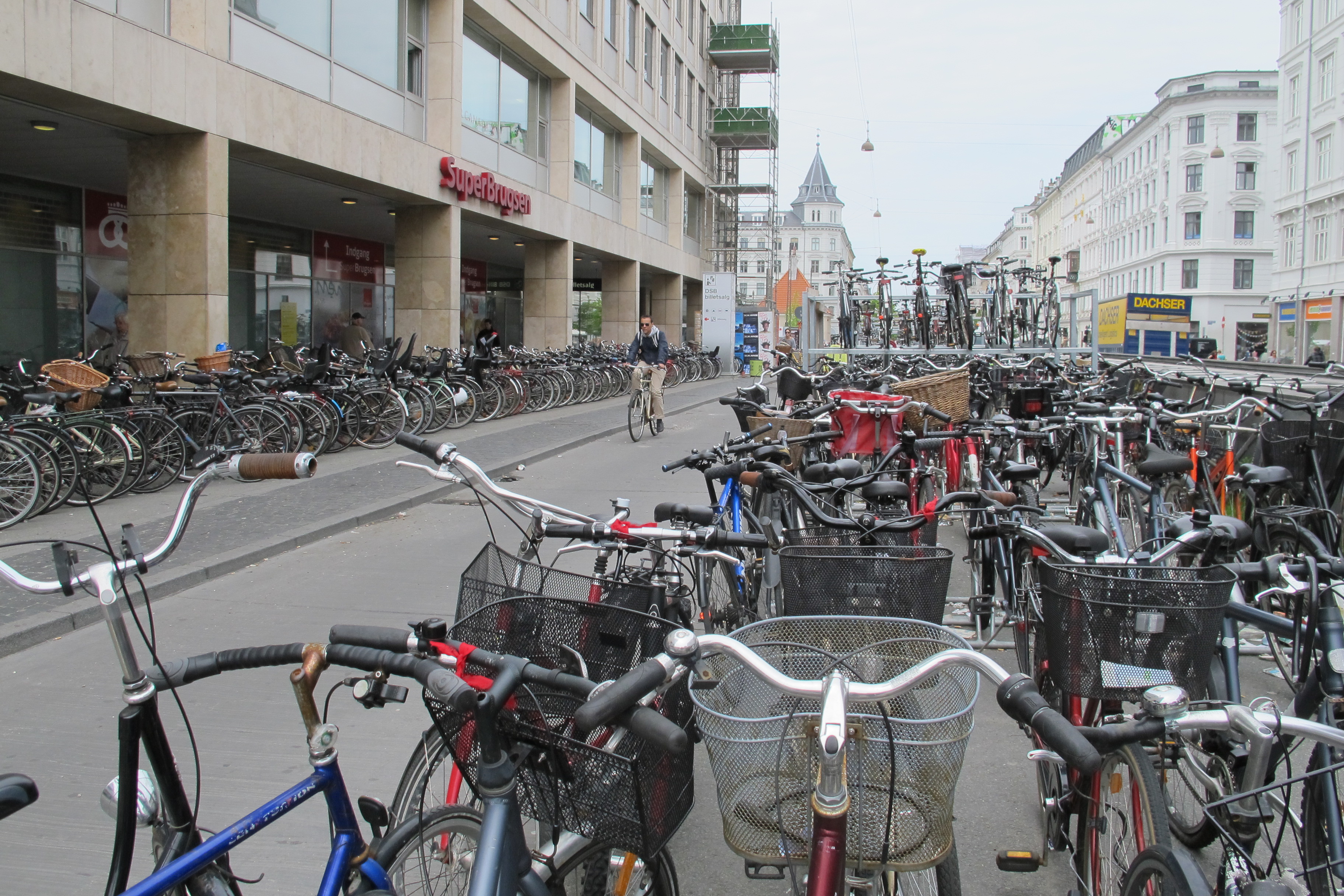January 10: Sinkhole aftermath | City overtime | How Copenhagen became a cycling mecca

Helen Ubiñas tells the story of how 19th District police officers have bonded with the family of an 8-year-old hit-and-run victim, Jayanna Powell. Jayanna was killed by a driver running a yellow light as she crossed the street holding her 12-year-old brother Hassan Cox’s hand. And among the things helping the family heal is a surprising, growing relationship with police, Ubiñas writes. Police marched with the family in mourning and to call attention to the crime, and they kept checking in once they learned how hard a time Hassan was having. Capt. Joseph Bologna says they’re family now. “And like a family, we’re going to stick around way after everyone else goes home.”
On East Boston Street neighbors are still stuck dealing with the fallout from a sinkhole that swallowed two cars, reports Alfred Lubrano. The sinkhole was likely caused by a chain reaction – the sewer line developed a crack and took in dirt, creating a void. Then the six-inch water main broke and the street caved. Water and gas are still shut off to several houses on the block. “Pragmatic and philosophical, resident Alyssa Banks, a 40-year-old welder whose parked Kia Soul fell into the sinkhole with a sickening bang around 9 a.m. Sunday, asked, ‘What would getting mad do? A car in a hole? You gotta laugh.’”
Keystone Crossroads’ Margaret Krauss reminds us that the kind of public-private partnerships to fund infrastructure upgrades advocated by President-elect Donald Trump are not new to Pennsylvania. The tradeoff for someone else footing the bill: control.
A review by PICA (the city’s financial watchdog) fiscal year 2017’s first quarter revealed higher revenue than expected but use of overtime contributed to increased costs, Claudia Vargas reports. One source of that overtime: “The Streets Department is expected to spend an additional $1.8 million in overtime, which is related to a shortage of the compactors.” On the upside, the fund balance for fiscal year 2016 came in about $55.5 million higher than projected.
How did Copenhagen become a cycling mecca? By considering the broad costs and benefits of infrastructure investments. Fast Co. Exist reports on a new paper by scholars Stefan Gössling and Andy Choi that examines Copenhagen’s approach: “When the city decides on a cycling project, it compares the cost to that of a road for cars, and it includes not only the upfront amount, but also things like the cost of road accidents to society, the impact of car pollution on health, and the cost of carbon emitted to the atmosphere. After including these factors, it comes to a rather startling calculation. One kilometer driven by car costs society about 17 cents (15 euro cents), whereas society gains 18 cents (16 euro cents) for each kilometer cycled, the paper finds. That’s because of factors like the health benefits of cycling and the avoided ill-effects of cars.” Add onto that personal costs like time, pollution, or noise and the paper finds that “cars cost 57 cents per kilometer while bikes come in at 9 cents per kilometer.”
Want the best of PlanPhilly delivered to your inbox? Get our events roundup on Mondays and our news digest on Thursdays. Sign up today.
WHYY is your source for fact-based, in-depth journalism and information. As a nonprofit organization, we rely on financial support from readers like you. Please give today.







